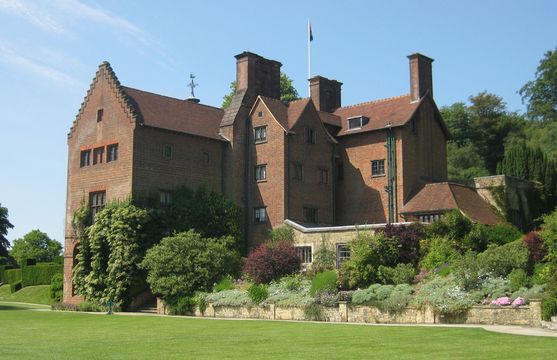
Chartwell House, former home to Winston Churchill.Gaius Cornelius / Creative Commons
These amazing houses, the homes of heroes and statesmen, are wonderful tourist attractions to visit on your next vacation in Britain.
From the emergence of England that followed the Magna Carta and the foundations of Parliament, Britain’s historic trail has been forged by scores of political and military leaders. Often we know their accomplishments, but little about them as people.
Here are 10 great visits into their homes, which reflect and reveal much about their influences and private lives beyond the public stage. All the homes make delightful visits, even if you know nothing of their famous inhabitants.
Chartwell—Winston Churchill
 11
11
© NATIONAL TRUST IMAGES/ANDREAS-VON-EINSIEDEL
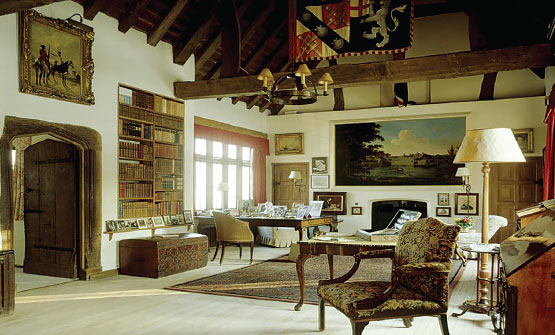
© NATIONAL TRUST IMAGES/ANDREAS-VON-EINSIEDEL
Churchill’s home from 1922 until his death in 1965, Chartwell became an escape for the great wartime Prime Minister. The quiet, rambling brick house in spacious grounds and gardens provided the perfect environment for his voluminous writing and the painting he did for recreation.
Sherborne Castle—Sir Walter Raleigh
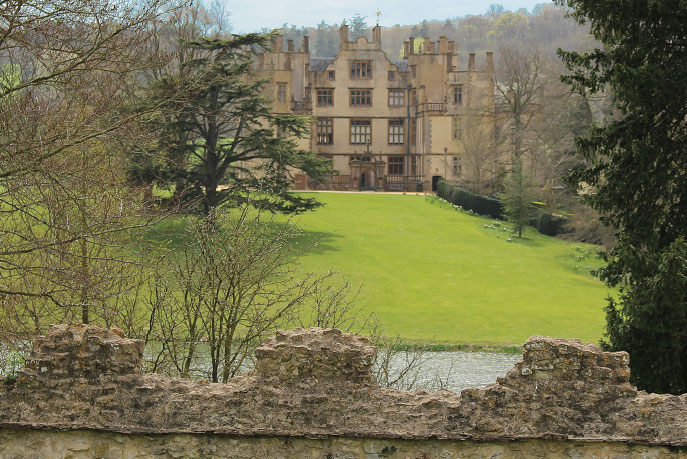
DANA HUNTLEY
When Queen Elizabeth I granted Sir Walter Raleigh Sherborne Old Castle in 1592, he decided it wasn’t worth refurbishing, so he built a new mansion across the park, suitable for entertaining nobles and other dignitaries. After Raleigh’s fall, the estate passed to the Digby family in 1617, who own it still.
Broadlands—Viscount Palmerston
 11
11
DANA HUNTLEY
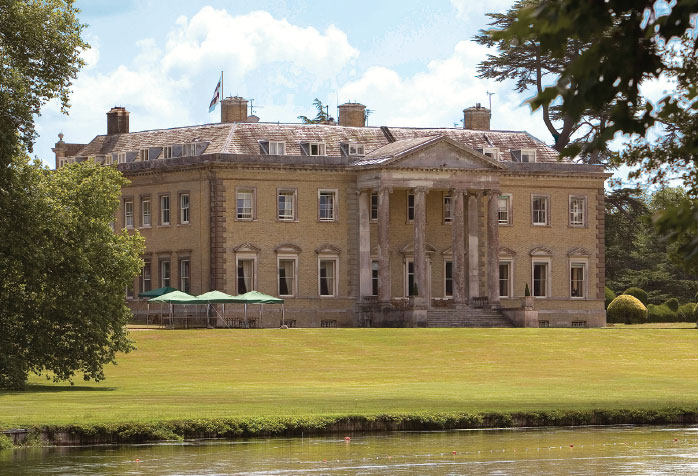
DANA HUNTLEY
Twice Prime Minister in the mid-1880s, Henry Temple, the 3rd Viscount Palmerston, was born and lived on the family estate in the Hampshire market town of Romsey. The Palladian mansion may be stately, but retains the flavor of a family home. Palmerston’s statue stands in the town square.
Houghton Hall—Robert Walpole
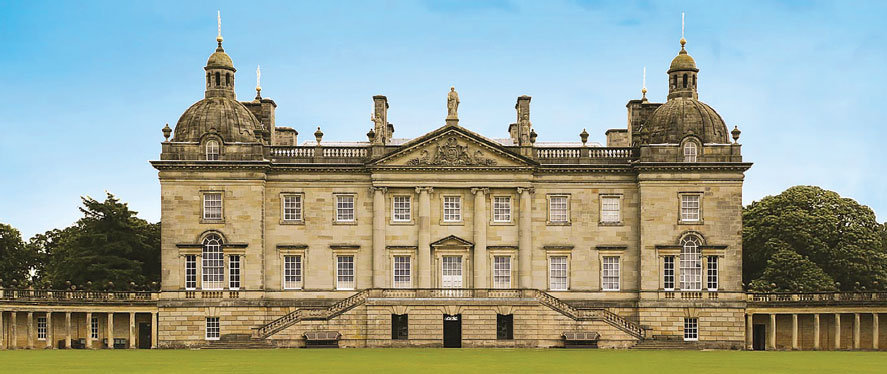
DANA HUNTLEY
Britain’s first and longest-serving Prime Minister, Sir Robert Walpole built his Palladian mansion in 1722 on the family estates in northwest Norfolk. A dominant figure politically through the reigns of George I and II, here Walpole lavishly entertained Royalty, Parliamentary grandees, and the Norfolk gentry.
Stratfield Saye—The Duke of Wellington

DANA HUNTLEY
Arthur Wellesley, the 1st Duke of Wellington, selected the 17th-century house south of Reading following the abdication of Napoleon in 1817. The charismatic military hero built onto it over the next 30 years, while he became a significant national political leader. It has been the family home ever since.
Blenheim Palace—John Churchill
 11
11
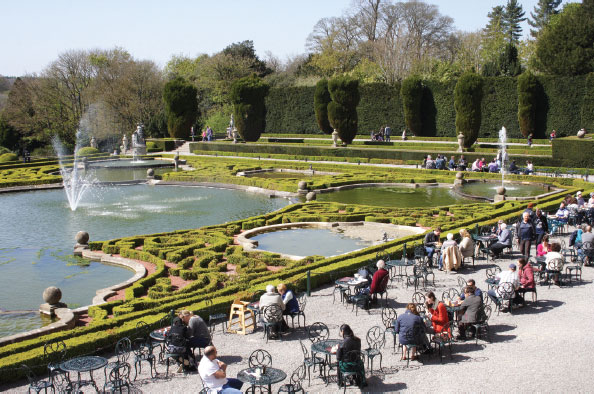
Begun in 1705 and completed in 1733, the extravagant stately home in Woodstock was a gift to the 1st Duke of Marlborough by Queen Anne following the great general’s string of victories in the War of the Spanish Succession. The family unobtrusively resides there to this day.
Buckland Abbey—Sir Francis Drake
 11
11
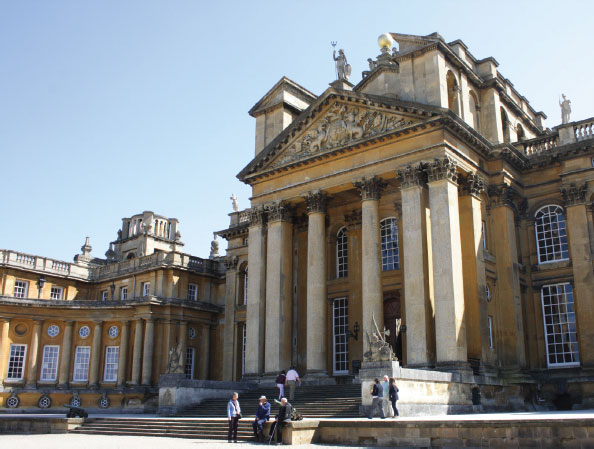
The swash-buckling privateer, explorer, and courtier bought the estate after the Dissolution of the Monasteries and made his home here on the edge of Dartmoor. The medieval monastic church-cum-Elizabethan manor remained in his family for 400 years.
Hughenden Manor—Benjamin Disraeli

Hughenden Manor 20080726-1

Hughenden Manor 20080726-1
The country estate of Victorian PM Benjamin Disraeli near High Wycombe, Bucks, gave him a rural escape from the pressures of government as well. Overlooking the Hughenden Valley, the brick manor house presents the statesman at home and the country life he loved.
Quebec House—General Wolfe

Quebec House, Quebec Square, Westerham, Kent - geograph.org.uk - 1296826

Quebec House, Quebec Square, Westerham, Kent - geograph.org.uk - 1296826
Explore life as it was in the 1730s at this fine brick 17th-century townhouse in Westerham, Kent. Gen. James Wolfe spent his childhood here then. It was renamed Quebec House following the great general’s victory in the Battle of Quebec, which claimed his life.
Burghley House—William Cecil

Front of Burghley House 2009

Front of Burghley House 2009
The 1st Baron Burghley was Secretary of State and close confidante of Queen Elizabeth I. It was only fitting that he should have built one of the great houses of Elizabethan architecture, still home to Cecil’s descendants. The Queen herself visited the estate bordering Stamford, Lincolnshire, eight times.
Read more
* Originally published in May 2017.





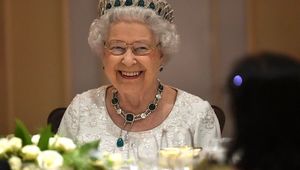
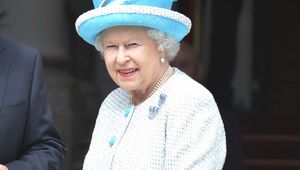
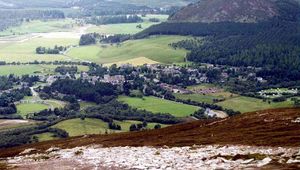
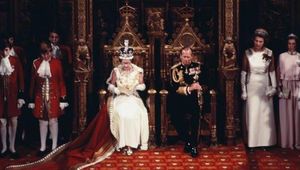

Comments